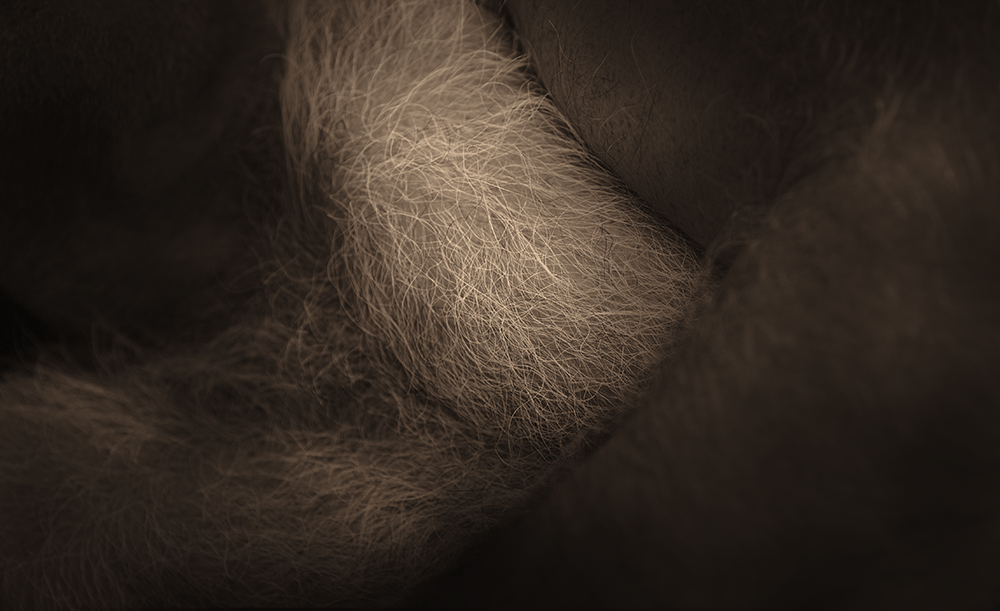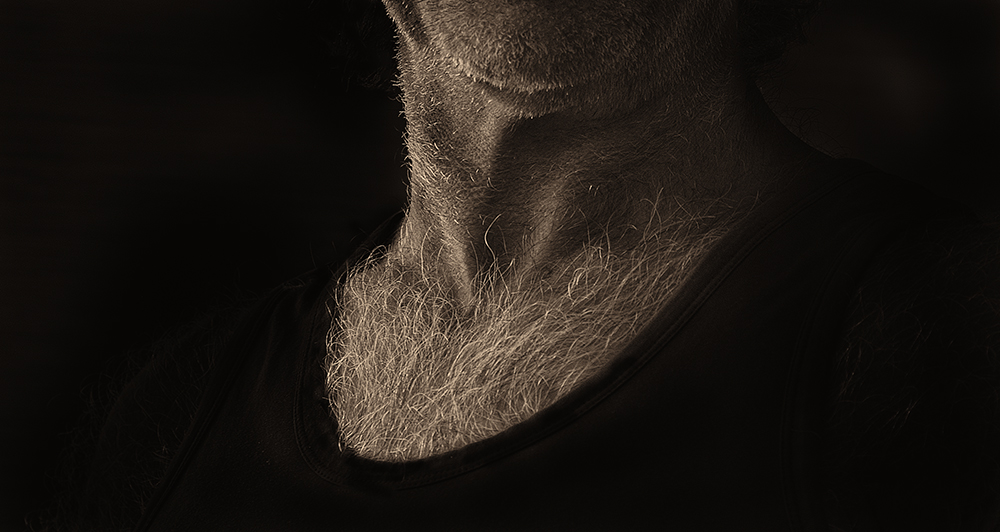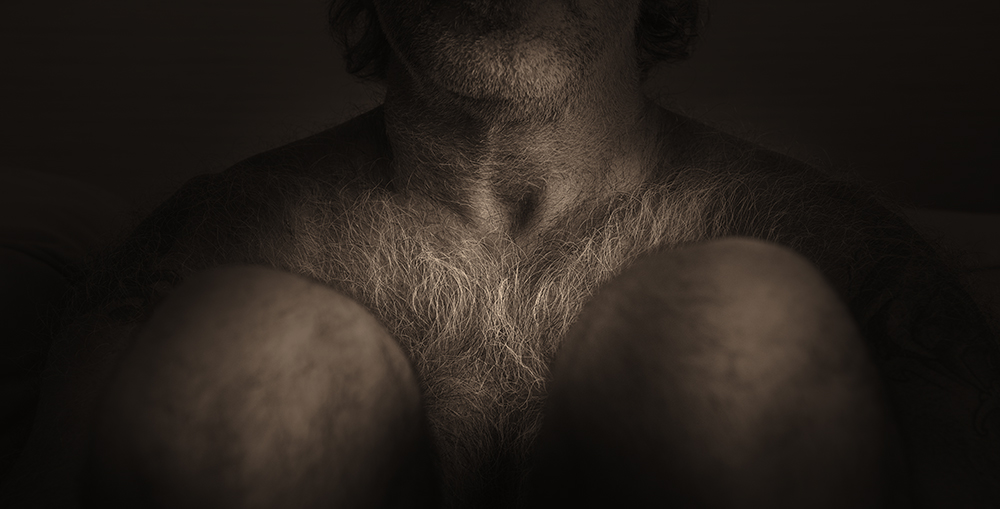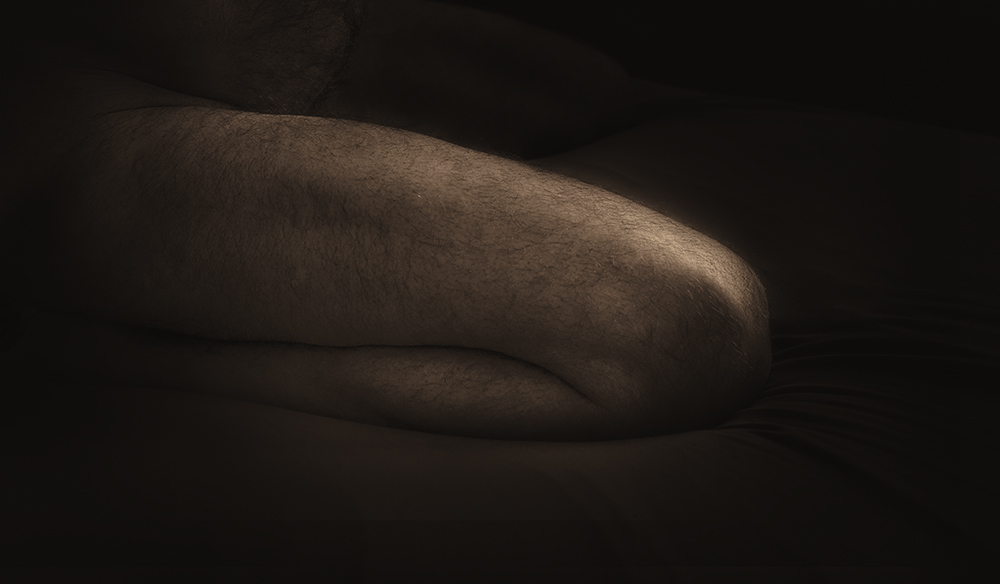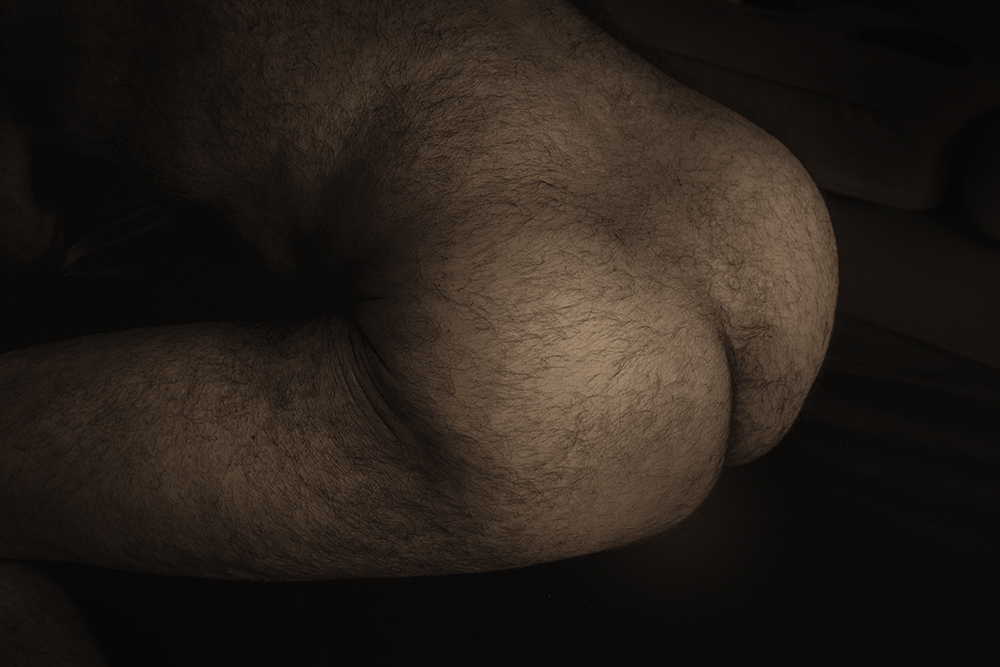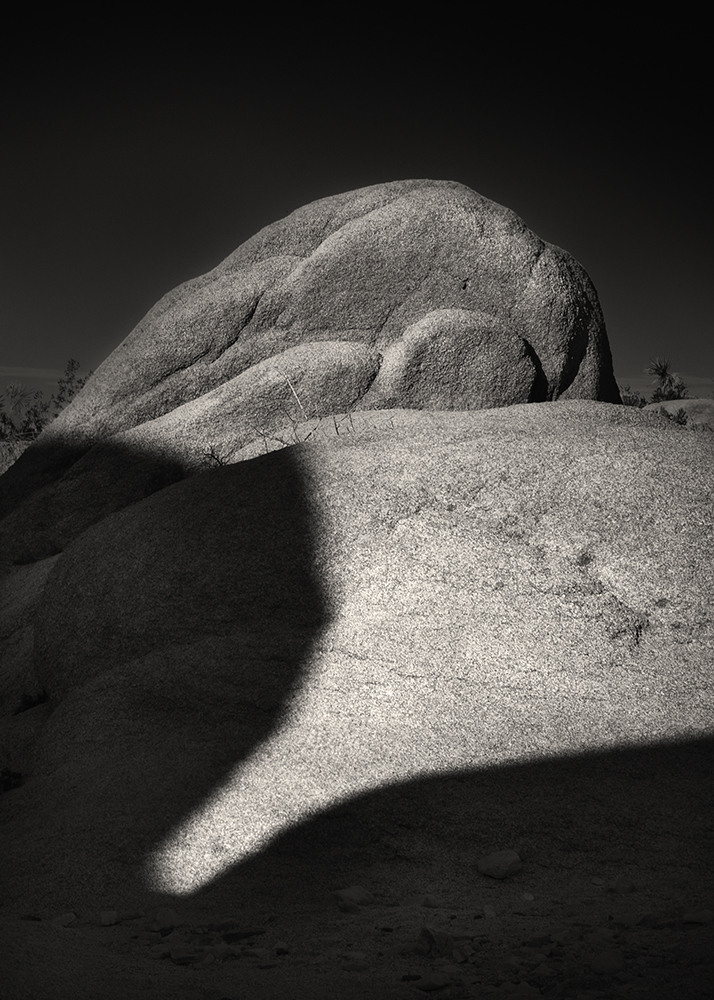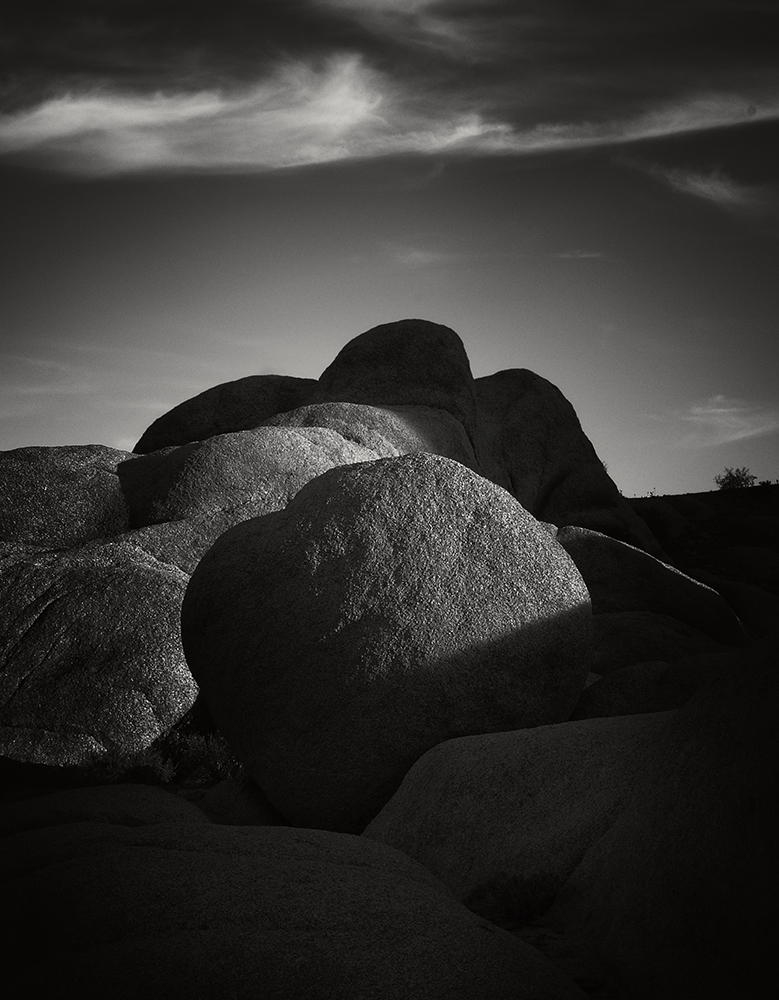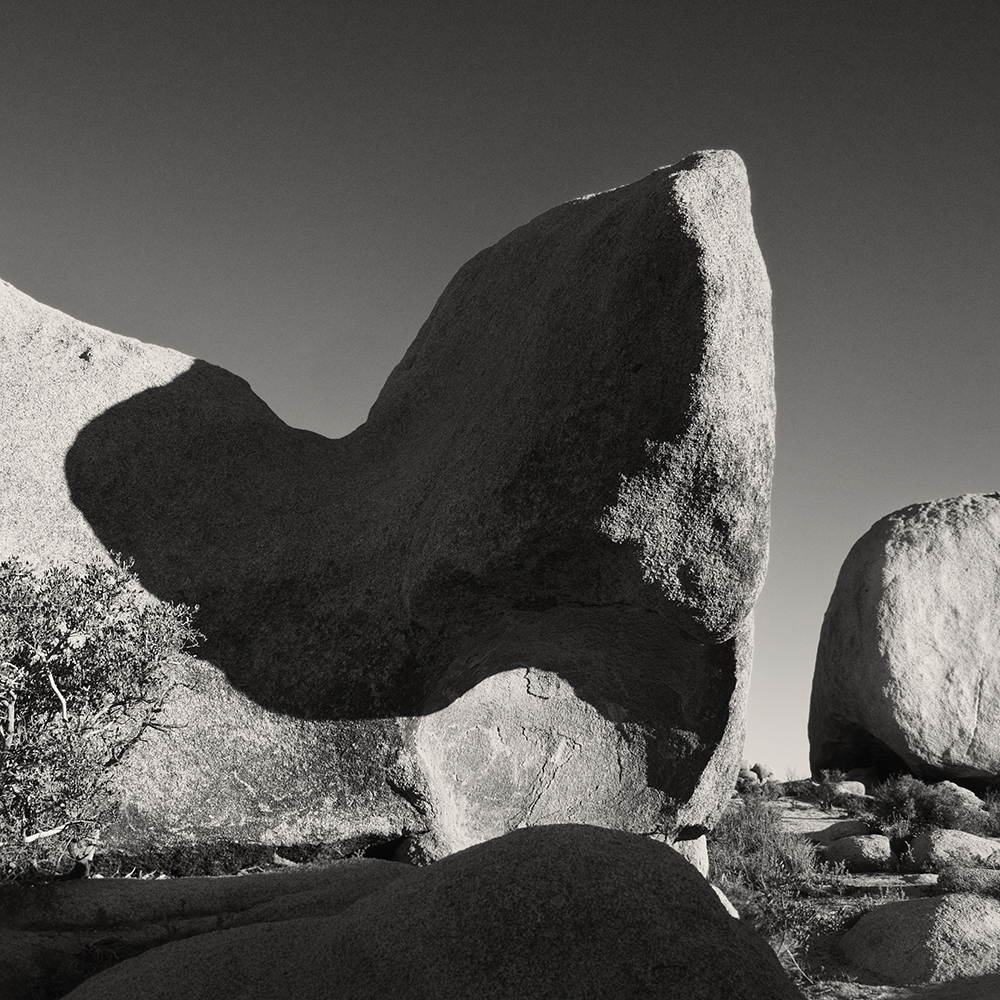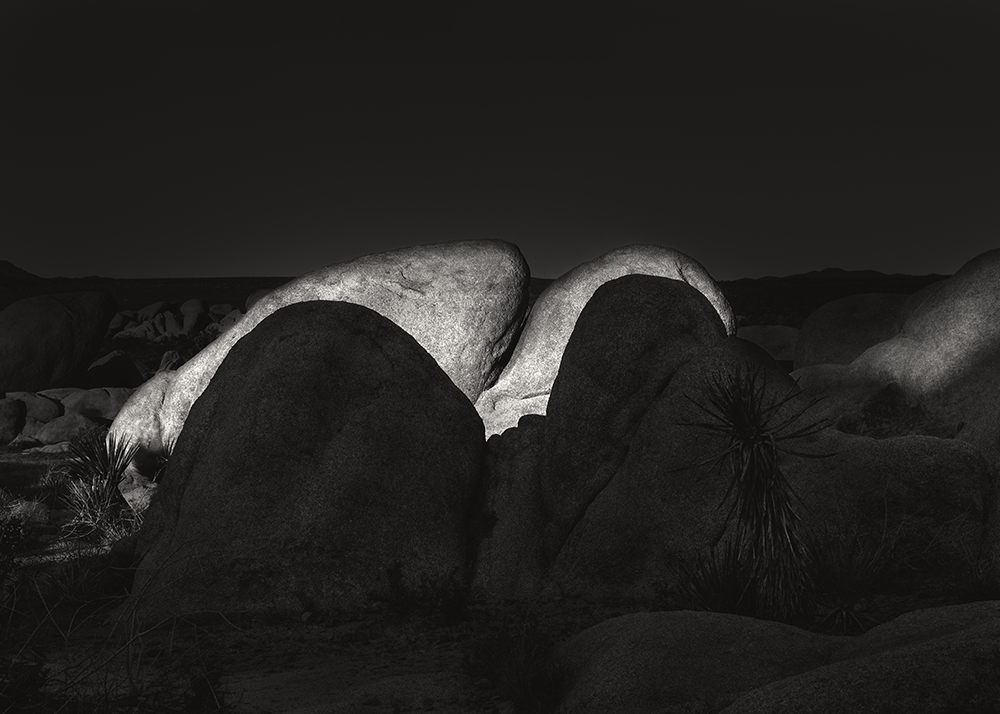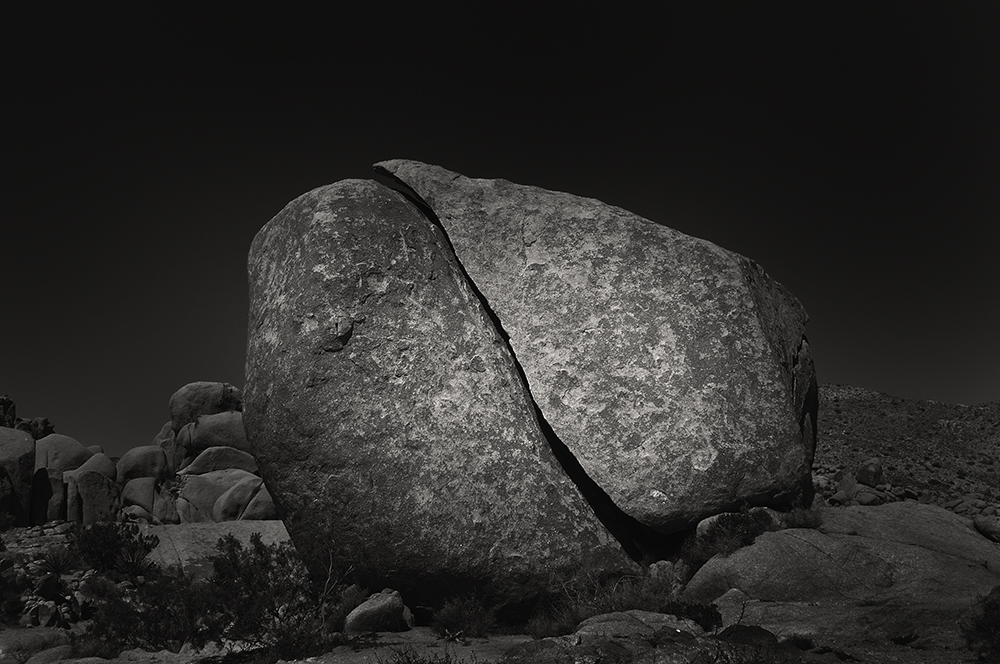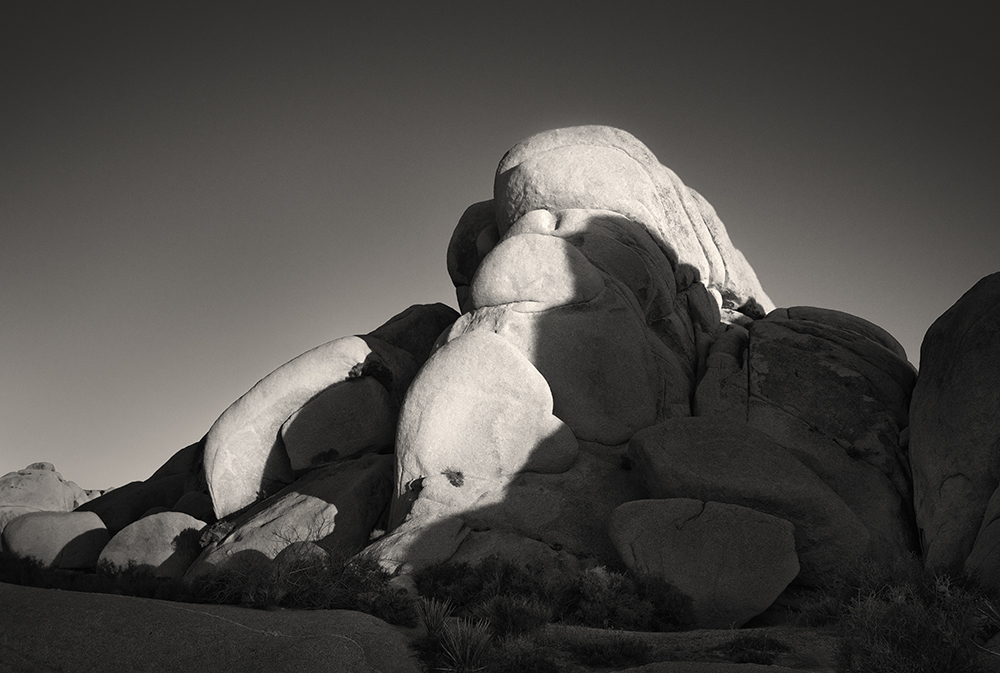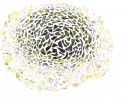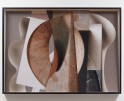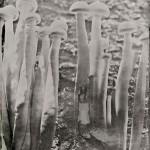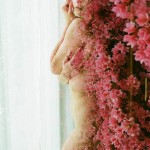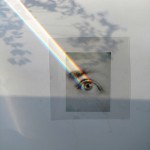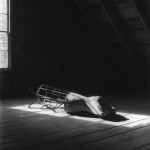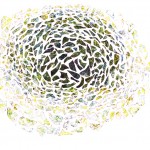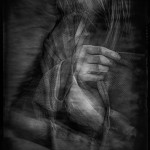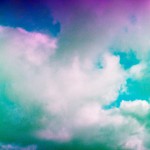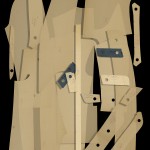Robert Treat: Dom and Joshua Stones
Some of us among the members of the San Diego photography community, especially those of us in Snowcreek*, have lovingly come to refer to Robert Treat‘s work as having the “Treat-ment” to describe the way in which it doesn’t matter the medium (Robert is also a gifted painter) or the subject matter, you know that a Robert Treat piece is a Robert Treat. The term “Treat-ment” is cute, but perhaps it’s misleading. This is not a special sauce one can apply to one’s own work; believe me, some of us have tried. It is more a way of seeing and working that is simply who Robert is.
In the images in this post (which come from two of Robert’s bodies of work, Dom and Joshua Stones) you may recognize the way in which he transforms a subject until the viewer is confronted with its spiritual essence. If you keep looking or happen upon a piece from others of his bodies of work—Animistic Ground, Arrested Decay, or One Eyed Woods, for example—you will likely recognize that there is an element of abstraction and manipulation of light and shadow, but that won’t fully explain the transformation either. Robert just sees the world differently and through his photographic “Treat-ment,” we are lucky enough to catch a glimpse.
*We have been meeting every six weeks at Robert Treat’s magical house and studio in the Normal Heights neighborhood of San Diego since 2015. We call ourselves the Snowcreek Collaborative (although technically, we are more of a collective, but that sounds too new-agey or worse, “communist”). The name comes from the model railroad in Robert’s backyard; there is no snow or creek there. This little community that we have created over the years has been transformative for many of us. The chance to share work among respected peers—to encourage and challenge each other—is truly special. If you don’t already belong to a collaborative/collective/critique group, I highly recommend joining or starting one!
Robert Treat is a California artist who spent his childhood growing up in rural Ohio. Being an only child, nature had always been a close companion to him. He spent many a summer afternoon closely exploring and observing the colors and forms of his outdoor environment.
Robert’s formal training is in Architecture and Fine Arts from Miami University in Oxford, Ohio. After graduation, his art interests expanded to include large format photography and film animation. Along with his photographic and painting career, he has been involved in the Hollywood animation industry for over thirty years. Over this time, he has had the opportunity to study under a variety of creative individuals including Ansel Adams, Paul Caponigro and Chuck Jones.
Primarily nature oriented, Robert’s photographs exhibit a strong structural awareness often verging into unconscious abstraction. These concerns of nature and structure also become the basis of his paintings. Working with primitive materials such as beeswax and asphalt, Robert’s paintings result in sensuous tactile surfaces and strong active shapes. For him it is a way of recovery, to a primary sense of self, a quality that tends to get repressed by today’s modernity in general and media-representation in particular.
Robert currently resides in San Diego.
For me, photography is a very personal and intimate event, from the moment of capture, through processing and printing, and, finally, to the act of viewing a completed image. Rather than making images of a grand scale, I prefer to focus on the smaller details, the ones that often go unnoticed, with the aim of transforming the ordinary into something extraordinary. Instead of just recording a scene, I choose to interpret it in a very personal manner. As Edward Weston once wrote: “I photograph a rock, have it look like a rock, but be more than a rock”. This is my way of simplifying a complicated world. – Robert Treat
Dom
I primarily photograph inanimate objects in spatial environments, devoid of the human element. Even though this portfolio deviates from that in subject matter, its content remains similar to my other bodies of work. This work came about from a challenge to push myself beyond my comfort zone. It forced me into an intimate dialogue with another human being, quite different than relating to a boulder. In some ways this project became a cathartic exercise in working through vulnerability. And, surprisingly, the result was the feeling of being pushed onto a stage and realizing that I actually know my lines. – Robert Treat
Joshua Stones
Joshua Stones is an ongoing portfolio I began in 2009, in which I celebrate the many and varied sculptural forms and abstracted shadows found in Joshua Tree National Park. Most of the images were captured in the early morning or evening twilight when these boulders turn into silent monoliths. It’s this silence and awe that I search for in places like this. These are the fragile connections that draw me into another world, trying to create feelings from form. Wordless and quiet, but profound in their revelations, they evoke themes that are at the core of my photographic work. Through these images I explore mystery, scale, form, visual tactility, masculinity, and spirituality. – Robert Treat
Posts on Lenscratch may not be reproduced without the permission of the Lenscratch staff and the photographer.
Recommended
-
The Female Gaze: Alysia Macaulay – Forms Uniquely Her OwnDecember 17th, 2025
-
Bill Armstrong: All A Blur: Photographs from the Infinity SeriesNovember 17th, 2025
-
Robert Rauschenberg at Gemini G.E.LOctober 18th, 2025
-
Erin Shirreff: Permanent DraftsAugust 24th, 2025
-
Shelagh Howard: The Secret KeepersJuly 7th, 2025

